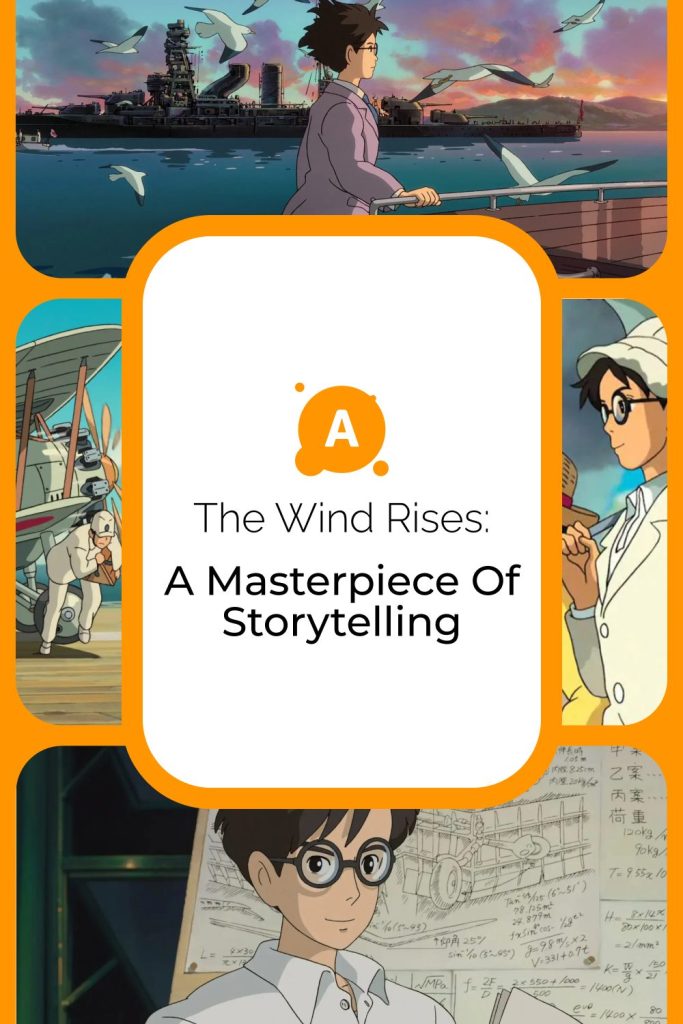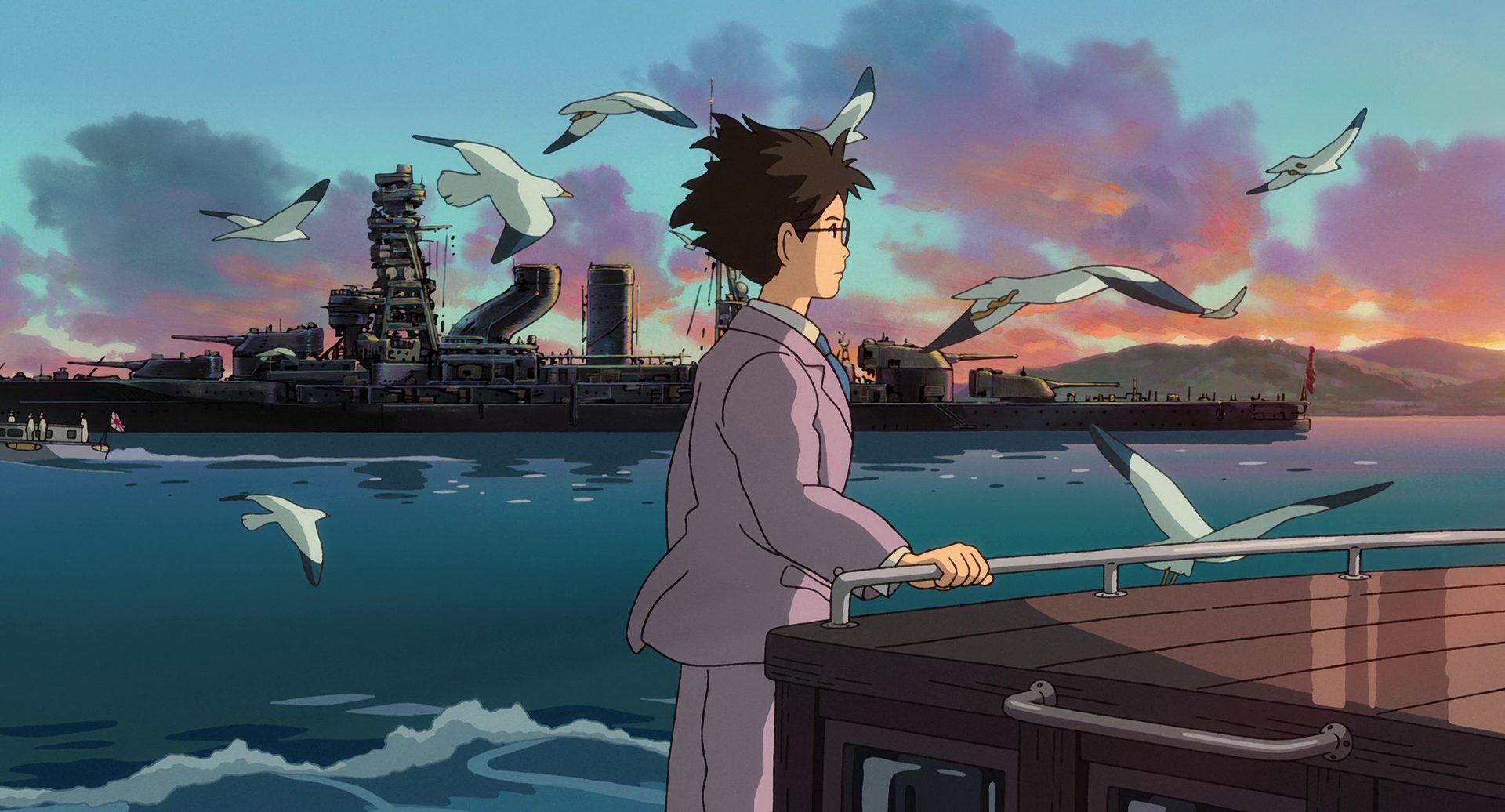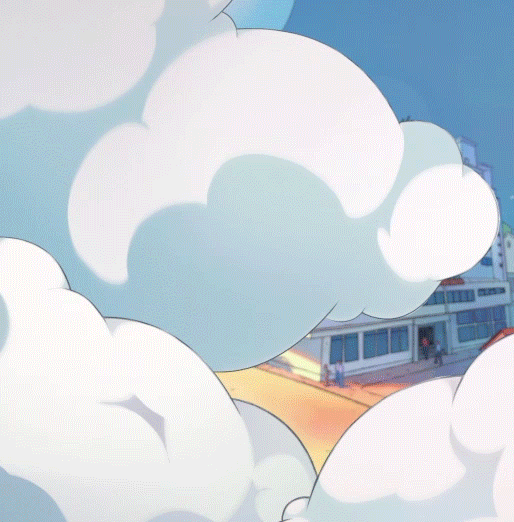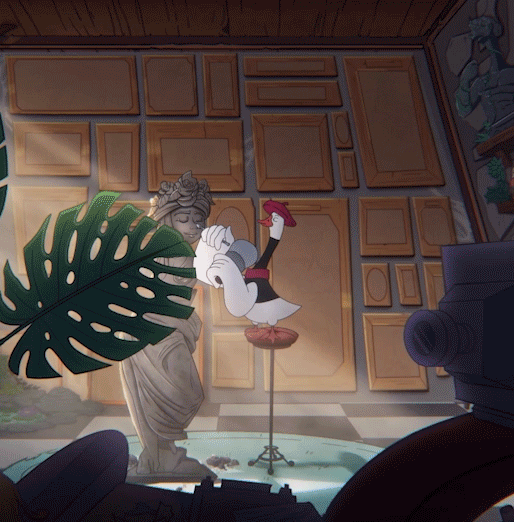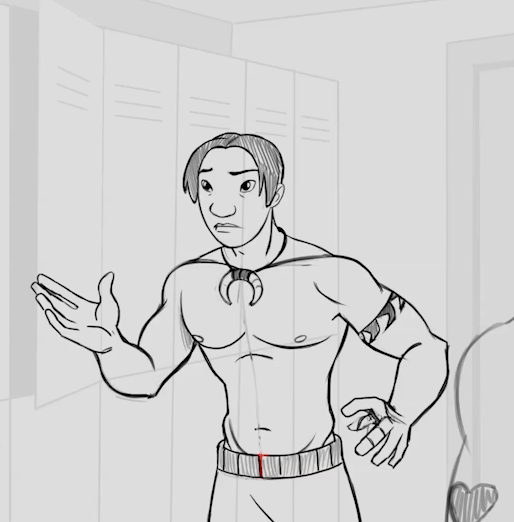Hayao Miyazaki’s The Wind Rises is a poignant and beautiful film that combines the director’s signature animation style with a deeply personal story. Released in 2013, it was hailed as the great animator’s swan song. While it centers around the life of Jiro Horikoshi, a real-life aviation engineer who designed the infamous Zero fighter aircraft, The Wind Rises is much more than just a historical tale. It is a stunning example of storytelling, visual craftsmanship, and philosophical depth that makes it stand out in the world of animation. In this Animation 101 post, we will explore why The Wind Rises remains one of the finest animated films ever made, touching on its narrative, visuals, and underlying themes.
The Art of Animation in The Wind Rises
Miyazaki’s films have always been celebrated for their attention to detail, and The Wind Rises is no exception. Unlike his previous works, this film focuses on realism, particularly in the depiction of aircraft and historical events. The animation, though still rooted in the director’s unique style, embraces a more grounded approach. The aircraft, in particular, are intricately designed, reflecting Miyazaki’s lifelong passion for aviation. The attention to realistic movement and physics is remarkable, and it’s clear that Miyazaki wanted to honor both the history and beauty of flight.
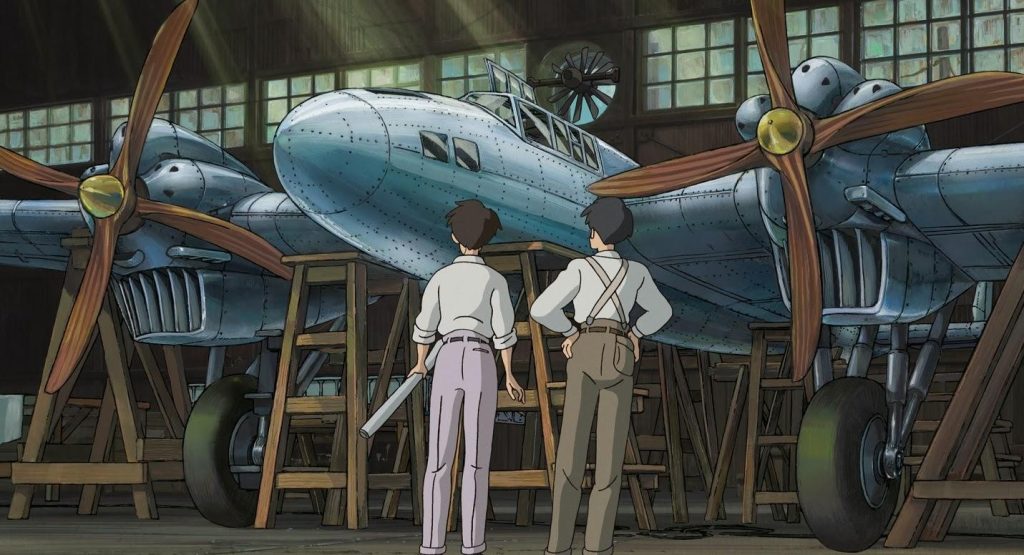
For animation fans and creators, this film serves as a masterclass in balancing realistic details with animated storytelling. The juxtaposition of lush landscapes with meticulously drawn planes highlights Miyazaki’s genius for creating worlds that are both tangible and magical. The animation is subtle but powerful, adding a level of emotional depth to every scene.
Learn more about Hayao Miyazaki’s use of Mysticism, Flight, and Coming of Age in his work.
A Look at the Story and Characters
At its heart, The Wind Rises is a biographical story about Jiro Horikoshi, the engineer behind Japan’s famous Zero aircraft. However, it’s not simply a recounting of his life but a deeper exploration of his dreams, struggles, and inner turmoil. Jiro’s passion for aviation is inspired by his love for flight and his childhood admiration for aircraft designs. However, this dream comes with a heavy cost as he becomes embroiled in the creation of a war machine that will eventually be used in WWII.
At its heart, The Wind Rises is a biographical story about Jiro Horikoshi, the engineer behind Japan’s famous Zero aircraft. However, it’s not simply a recounting of his life but a deeper exploration of his dreams, struggles, and inner turmoil. Jiro’s passion for aviation is inspired by his love for flight and his childhood admiration for aircraft designs. However, this dream comes with a heavy cost as he becomes embroiled in the creation of a war machine that will eventually be used in WWII.
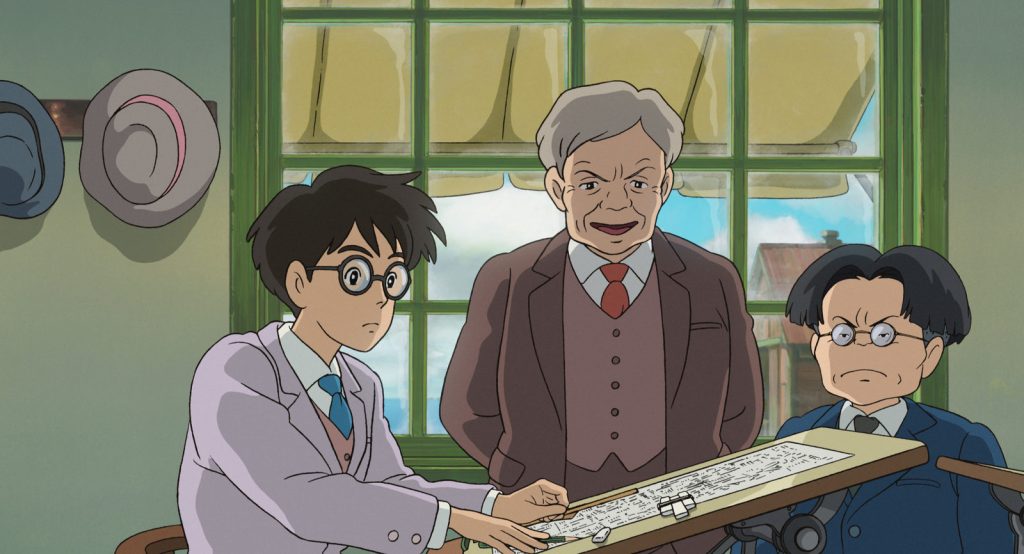
The character development in The Wind Rises is subtle but profound. Through Jiro’s eyes, we see the world shift from a place of hope and possibility to one filled with sorrow and regret. His relationships, particularly with Naoko, reveal a man who is torn between his artistic ambition and the harsh realities of the world he lives in.
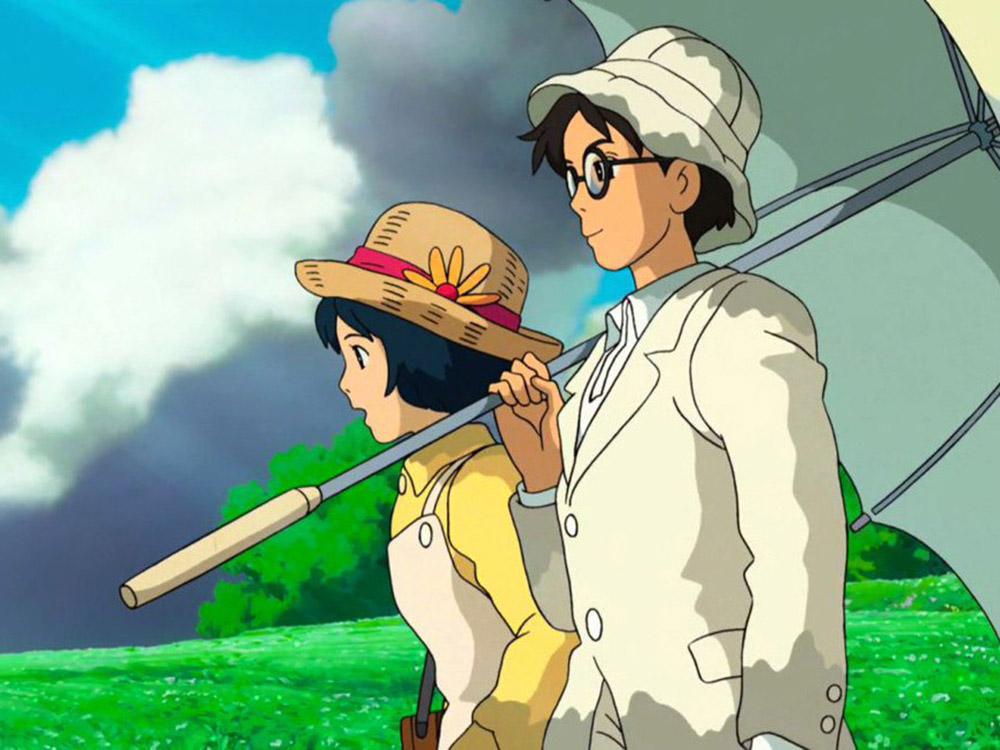
The Anti-War Message of the Film
Though The Wind Rises centers on the life of an engineer, its message goes far beyond the personal. One of the film’s strongest themes is its anti-war stance. The Zero aircraft, while an engineering marvel, ultimately became a tool of destruction in the Second World War. Miyazaki uses Jiro’s journey as a metaphor for the cost of progress and the unintended consequences of human ambition.
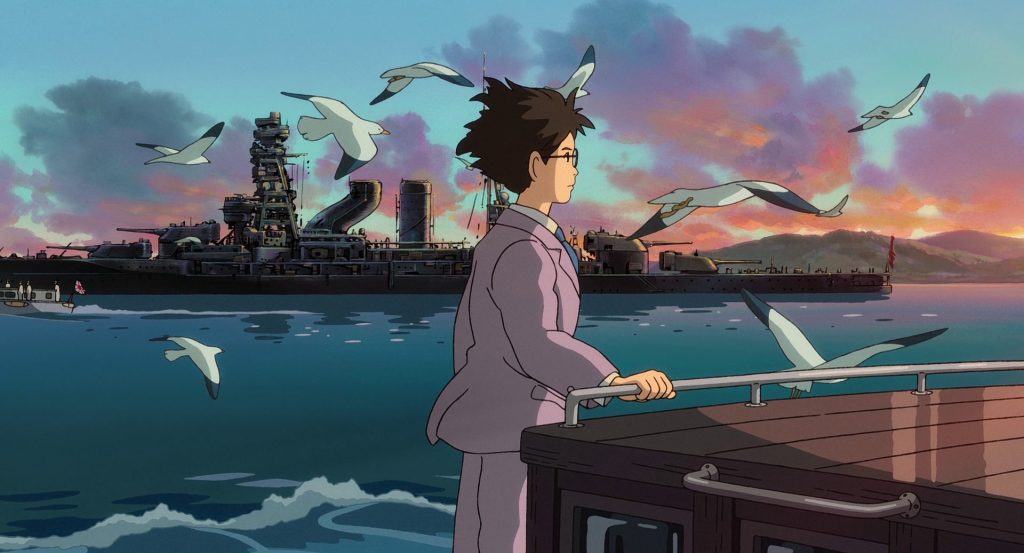
Miyazaki, a lifelong pacifist, infuses the film with a sense of regret over the use of technology for violence. The beauty of flight, something Jiro viewed initially as an art, is twisted into a weapon of war. This theme is brought to life through haunting sequences that juxtapose the innocence of Jiro’s dream with the brutal realities of war.
For animation creators and storytellers, The Wind Rises offers an important lesson about the power of context in storytelling. It shows how a film can transcend its specific subject matter to deliver a universal message about the human condition.
Visual Mastery: How Miyazaki Uses Realism
Unlike many animated films that lean into fantasy and whimsy, The Wind Rises takes a more grounded approach, especially in its depiction of real-world objects and environments. The planes, in particular, are drawn with such realism that they could easily belong in a documentary about aviation history.
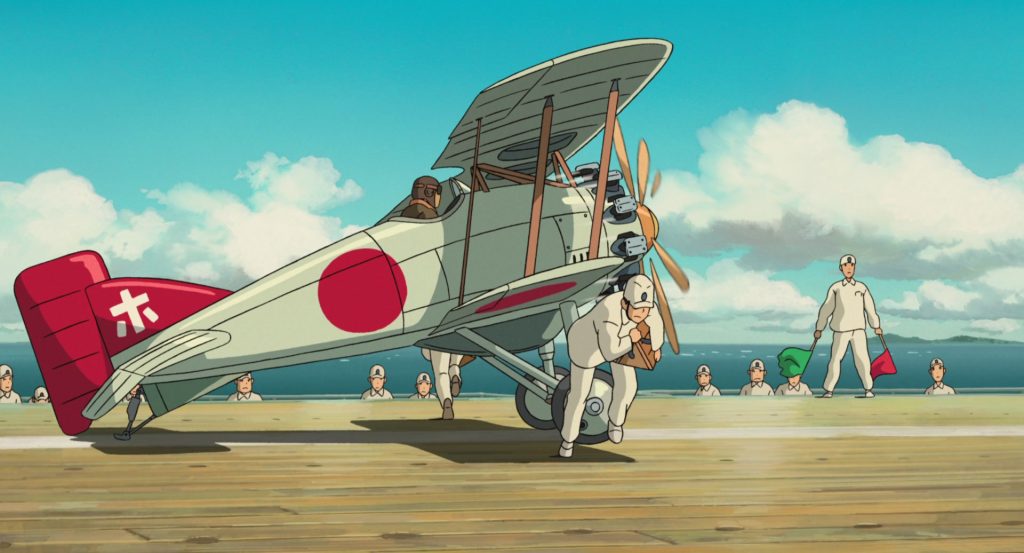
Miyazaki’s use of realism extends beyond the planes themselves. The film’s portrayal of nature, with its sweeping landscapes and intricate weather patterns, feels alive. The sky is not just a backdrop but an integral part of the story, reflecting Jiro’s mood and journey. The contrast between the grounded realism of the planes and the more fantastical elements of the film, like the dream sequences, creates a harmonious balance that keeps the film from becoming too heavy or detached from its emotional core.
The Influence of Miyazaki’s Personal Life
Miyazaki’s personal experiences played a significant role in shaping The Wind Rises. His passion for aviation, instilled during his youth, is evident throughout the film. The director’s own struggles with the complexities of his career and his idealism are reflected in Jiro’s character. Much like Jiro, Miyazaki’s pursuit of perfection has come at the cost of personal relationships and sacrifices.
Miyazaki’s own experiences with illness, particularly his mother’s battle with tuberculosis, are also mirrored in the film’s portrayal of Naoko’s health struggles. These personal elements give the film an emotional depth that resonates with audiences on a much deeper level.
The Role of Music and Sound Design
Joe Hisaishi’s musical score for The Wind Rises complements the film’s emotional tone. It features sweeping orchestral pieces that echo the grandeur and sadness of Jiro’s journey. The music is both uplifting and sorrowful, perfectly mirroring Jiro’s life’s highs and lows.
In addition to the score, the sound design is meticulous. The sound of aircraft engines, the rustling of wind, and the subtle hum of the environment all contribute to creating a fully immersive world. For animators and filmmakers, this serves as an important lesson in how sound can enhance the storytelling experience.
Read more about how Miyazaki’s work in Spirited Away changed the world.
What Sets The Wind Rises Apart From Other Animations
The Wind Rises is not just another animated film; it is a unique blend of history, philosophy, and art. What sets it apart from other animated features is its commitment to realism, its deeply personal narrative, and its meditation on the costs of artistic ambition. The film’s emotional resonance and philosophical depth make it an essential viewing experience for animation fans and anyone interested in the power of storytelling through animation.
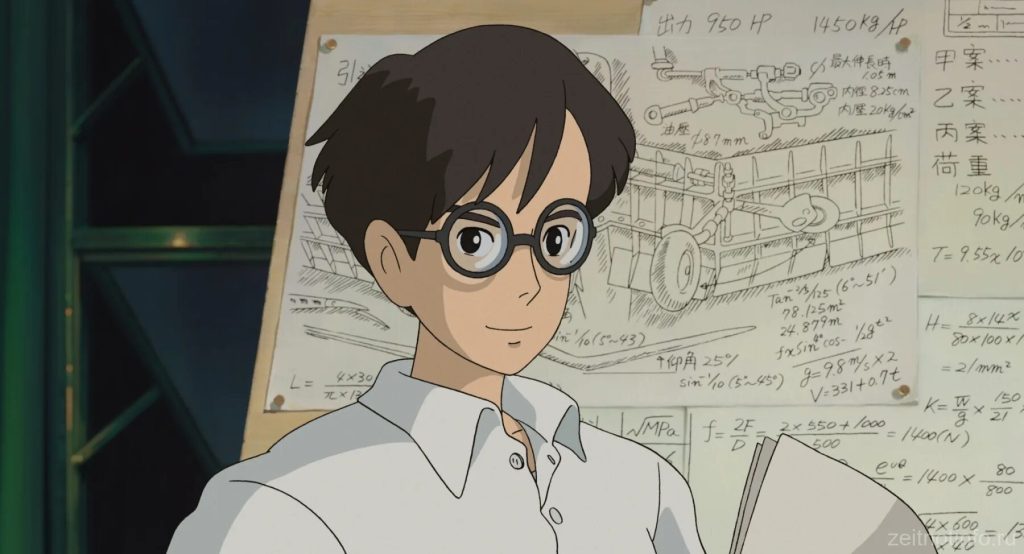
Unlike many animated films that cater primarily to children, The Wind Rises deals with themes that are complex and mature. It challenges its audience to think about the moral implications of creativity and the consequences of pursuing one’s dreams without considering the broader impact.
Why The Wind Rises Is a Must-Watch Animation
The Wind Rises stands as a powerful testament to the potential of animation as a storytelling medium. Through its delicate balance of realism, personal history, and emotional depth, Miyazaki delivers a film that resonates with viewers of all ages. It is not just a film about aviation or war; it is a film about dreams, sacrifices, and the moral complexity of progress. For anyone studying animation, storytelling, or the history of filmmaking, The Wind Rises is a must-watch.
If you haven’t seen The Wind Rises yet, make sure to add it to your watchlist. For aspiring animators, this film offers invaluable lessons in both technical execution and storytelling.
If you want to enhance your animation skills, check out our courses! We offer expert-led training that covers everything from the basics to advanced techniques. Whether you’re just starting out or looking to refine your craft, our courses will guide you through the intricacies of animation with hands-on practice and professional feedback.
Don’t forget to subscribe to our newsletter for more in-depth analysis and guides on animation!
